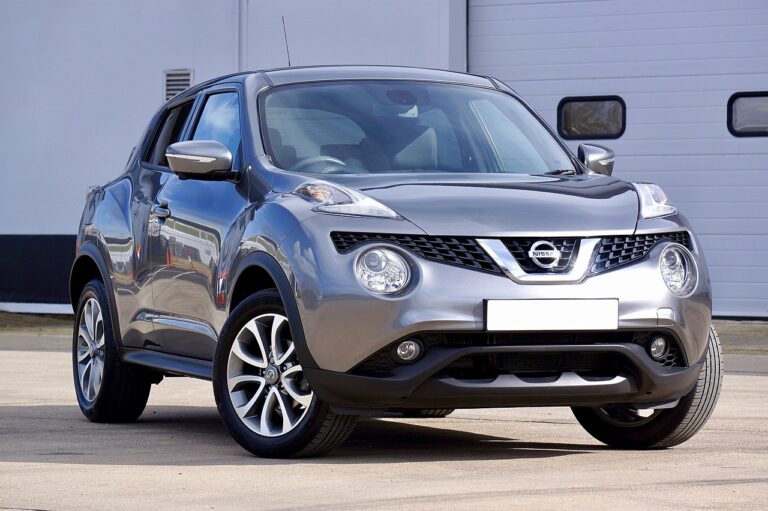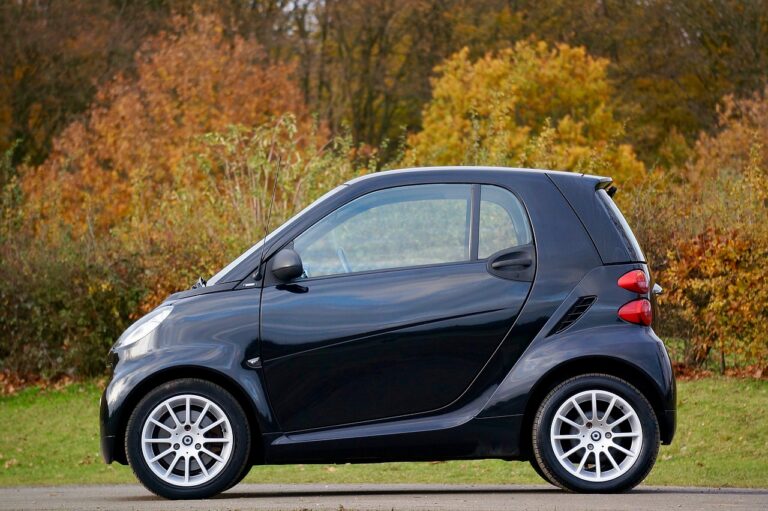The Influence of Car-Free Zones on Urban Development
Car-free zones in urban areas offer a myriad of advantages for both the environment and the community. By restricting vehicle access in designated areas, these zones promote a healthier and more sustainable mode of transportation, such as walking, cycling, and the use of public transport. This shift away from reliance on cars helps to reduce traffic congestion and noise pollution, creating a more pleasant and pedestrian-friendly environment for residents and visitors alike.
Additionally, implementing car-free zones can lead to a decrease in carbon emissions and air pollution, contributing to cleaner and healthier air quality in urban areas. This not only benefits the immediate surroundings but also has a positive impact on public health by reducing the risk of respiratory illnesses and other health issues associated with poor air quality. Overall, the presence of car-free zones in cities can foster a sense of community, encourage physical activity, and promote sustainable living practices for a greener future.
Encourages a healthier and more sustainable mode of transportation
Reduces traffic congestion and noise pollution
Decreases carbon emissions and air pollution
Improves air quality in urban areas
Benefits public health by reducing respiratory illnesses
Fosters a sense of community
Encourages physical activity
Promotes sustainable living practices for a greener future
Impact of Car-Free Zones on Local Businesses
Car-free zones in urban areas have sparked debates regarding their impact on local businesses. While some argue that such zones hinder business activity by reducing accessibility for customers who rely on cars, others believe that they can actually benefit businesses in various ways. One of the key arguments in support of car-free zones is that they can create a more pedestrian-friendly environment, attracting more foot traffic and potentially increasing customer flow to local stores and restaurants.
Additionally, by prioritizing pedestrian and cyclist traffic over cars, car-free zones can lead to a more vibrant and lively atmosphere in commercial areas. This shift in focus towards non-motorized modes of transportation can encourage people to spend more time in the area, leading to increased opportunities for businesses to attract and retain customers. Proponents of car-free zones often point to the rise of walkable neighborhoods and the success of similar initiatives in other cities as evidence of the positive impact they can have on local businesses.
Improvement in Air Quality Due to Car-Free Zones
Car-free zones in urban areas have been a significant contributor to the improvement in air quality. By restricting vehicular traffic in designated areas, these zones have effectively reduced the emissions of pollutants such as carbon monoxide and nitrogen oxide. With fewer cars on the road emitting harmful gases, the concentration of pollutants in the air has decreased, leading to a cleaner and healthier urban environment for residents.
The implementation of car-free zones has also helped in promoting alternative modes of transportation such as walking, cycling, and public transportation. This shift towards sustainable modes of travel not only reduces air pollution but also alleviates traffic congestion, resulting in a smoother flow of traffic and improved overall air quality. As more cities and urban areas embrace the concept of car-free zones, the collective efforts towards cleaner air and a greener environment are becoming more tangible and achievable.
What are some benefits of implementing car-free zones in urban areas?
Implementing car-free zones in urban areas can lead to reduced traffic congestion, improved air quality, increased pedestrian safety, and promoting alternative modes of transportation such as walking, cycling, and public transit.
How do car-free zones impact local businesses?
While some local businesses may initially be concerned about a decrease in car traffic, studies have shown that car-free zones can actually lead to increased foot traffic and boost sales for businesses. Pedestrians and cyclists tend to spend more time and money in car-free zones compared to those driving through.
How do car-free zones contribute to improvement in air quality?
By reducing the number of vehicles on the road, car-free zones help decrease emissions of pollutants such as carbon monoxide, nitrogen oxides, and particulate matter. This leads to improved air quality in the surrounding areas, benefiting both the environment and public health.







